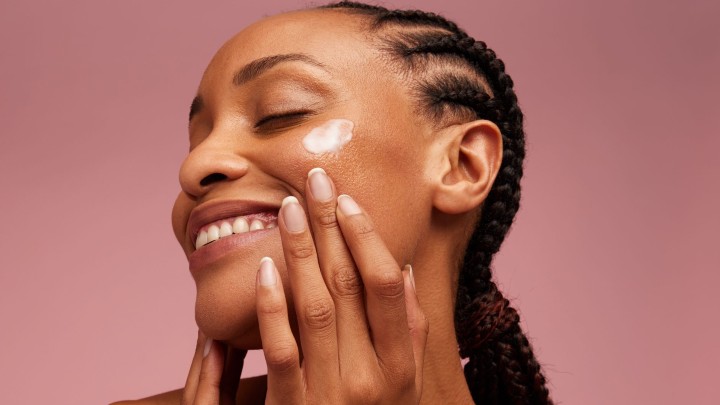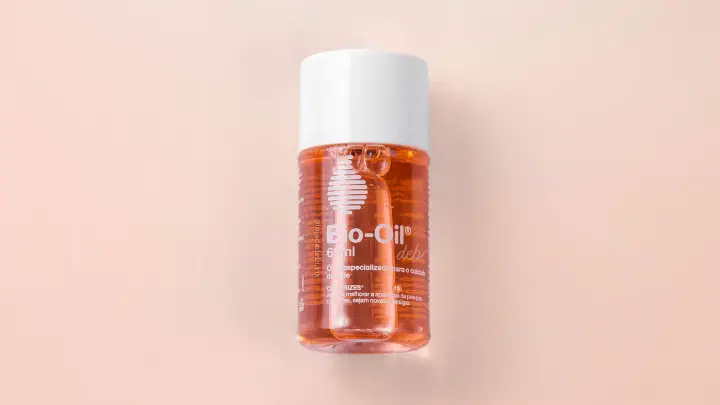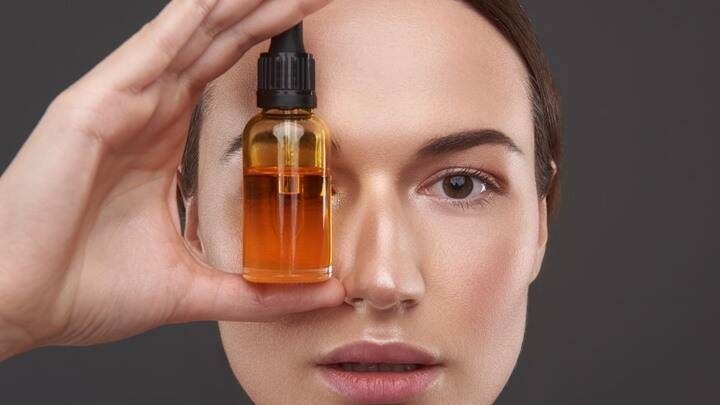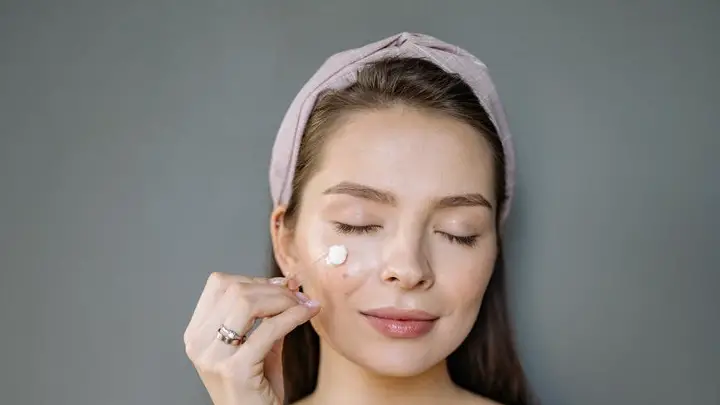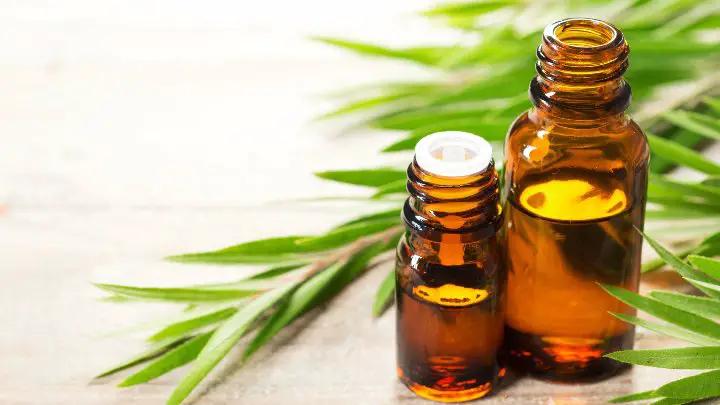Retinol is known to be one of the best anti-aging ingredients in the skincare market, as recommended by several top dermatologists and skincare experts. It works not only for anti-aging, but also works on other skincare concerns such as acne, acne scars, and dark spots.
However, using a high concentration of retinol too often can cause a serious side effect which is ‘retinol burn’. Retinol burn, also known as retinization, is an irritation that occurs when you use a high concentration of retinol on your skin.
It also happens when you use too much retinol product on your skin. Retinol burn could be a painful irritation, peeling of the skin, or even redness and discoloration of the skin.
Read ahead to find out how to soothe retinol burn. This article provides an easy treatment solution for retinol burns, as well as preventive measures to take if you are keen on avoiding retinol burns in the future.
How to Treat Retinol Burn on Your Skin
Even though retinol has proven to be a gold standard ingredient in the skincare world, it has some downtime when you don’t use it properly.
Retinol burn is the irritation that occurs when your skin can’t tolerate the amount of retinol you are using on it. This irritates your skin and also causes side effects such as redness, peeling, flaking, and dryness of the skin, to occur.
There are several ways to treat retinol burn, but first, you have to stop using any product that contains retinol or any other ingredients that can irritate your skin, such as acids and exfoliators. Furthermore, you need to avoid using makeup till the pain and redness are reduced.
Use any of the methods ahead to soothe retinol burn after you have stopped using it on your skin.
1. Get a Product That Contains Aloe or Cica
Retinol burn causes your skin to be more permeable to skincare products. Use this to your advantage by getting yourself a calming and hydrating product that contains aloe and cica. These two ingredients, especially cica, help to treat burns, cuts, and irritation on the skin.
Aloe vera is especially known for being greatly anti-inflammatory, and it can also help to treat burns. This is your perfect chance to soothe and calm your irritated skin. Simply rub the product on your skin to hydrate the spot. Do this till the retinol burn reduces.
Dr. Janet Allenby, a board-certified dermatologist also adds that “you can make use of over-the-counter aloe vera gel to help reduce and soothe your inflammation and skin irritation.”
2. Use Ice Therapy
“Using cool water soaks and ice packs can help to soothe inflammation at home,” says Dr. Allenby. If your burn is severe and it gets to a point where you experience pain, use a cold compressor or an ice pack on the area. This will help to soothe your skin as well as reduce pain.
How to do it:
- Wrap the ice in a clean, soft towel.
- Place it on the spot for about 15 minutes.
- You can do this every hour or a couple of times daily.
Note that while ice can help you soothe inflammation, you should never apply the ice directly to the affected skin. Doing this can cause frostbite on your skin, and also tear your skin if it is already peeling.
3. Use Hyaluronic Acid
Using hyaluronic acid is an excellent way to treat retinol burn as it is the perfect ingredient to help lock in hydration on your skin. It will help to moisturize your skin deeply without irritating the skin in any form or manner.
Simply get yourself a moisturizer that contains hyaluronic acid, and apply it religiously on the burn every day to soothe and relieve your skin of the retinol burn.
4. Use 1% Hydrocortisone
Another way to treat the burn is by using over-the-counter hydrocortisone cream. This will not only help to treat inflammation but will also work to reduce and clear the redness or discoloration on your skin.
Simply get one at a drugstore and follow the application instructions on the pack. You can also contact your doctor or dermatologist for help on how to use it. However, be careful when using this product around your eyes.
To avoid thinning out your skin or causing further damage, do not use this product for more than two weeks at a time.
5. Use Gentle Hypoallergenic Moisturizers
A board-certified dermatologist, Dr. Azadeh Shurazi, suggests using a ceramide-based moisturizer on your skin every day to treat the burn and strengthen the skin barrier.
Applying a basic moisturizer that is very unlikely to cause an allergic reaction to hydrate your skin will help to improve skin suppleness. It will also help to seal the hydration and other treatments into your skin.
This will help your skin heal from the burn faster. So ensure that you moisturize your skin with a gentle hypoallergenic moisturizer to help prevent dryness as well.
6. Drink Adequate Water to Hydrate Your Body
Drinking an adequate amount of water daily is a natural way to help hydrate your skin. This will also help to soothe and repair your skin from dryness and other skin problems. Plus, doing this may assist in soothing the burn on your skin.
7. Use Witch Hazel
Witch hazel is a soothing botanica and is a very useful ingredient that helps to aid healing. Using witch hazel on the affected area of your skin will help to treat all the symptoms of retinol burn on your skin.
Simply get a moisturizer that contains witch hazel, and apply it on your skin to treat retinol burn.
What Are the Things to Avoid When Treating Retinol Burn?
The first to avoid is: avoid using the retinol product as you treat the burn on your skin. Stop using the product on your skin as this will not make the treatment effective. It will also cause more damage to your skin.
Other things to avoid are:
- Makeup.
- Chemical-based skincare cleansers and toners.
- Skincare products contain acids such as salicylic acid, glycolic acid, lactic acid, and so on.
- Avoid exfoliating or scrubbing your skin.
- Dirt and other environmental aggressors.
Does Retinol Burn Go Away?
Yes, it does. The burn heals itself after some time. Simply stop using the retinol product and other products that contain acids or exfoliants.
However, the fastest way to make the burn go away is by using the recommended remedies to soothe the inflammation in your skin and treat the burn.
You can also contact your dermatologist for help on how to treat the burn on your skin, especially if the product was prescribed to you by your dermatologist.
What Causes Retinol Burn on the Skin?
Knowing the benefits that retinol does to the skin can tempt you into using too much.
Claire Chang, MD, a dermatologist at Union Square Laser Dermatology says that “some patients rush into using retinol on their skin without knowing that using it incorrectly or using too much can lead to excess irritation.”
According to Hadley King, MD, retinol increases the turnover of skin cells and boosts collagen production in the skin. However, the more you use it on your skin, the more your skin sloughs off old skin cells to reveal new ones.
Using too much retinol will cause your skin to produce and reveal premature skin cells and that is how you end up with irritation on your skin.
The burn may also be a result of using a high concentration of retinol on your skin when your skin can’t tolerate it.
How Long Does Retinol Burn Last?
The burn can last on the skin for weeks, depending on how severe the irritation is. If you are waiting for the burn to heal itself, you might have to wait for a long time.
If you use a home remedy to treat the burn, you will start to see improvements in about a week.
Can Retinol Damage the Skin Around Your Eyes?
Yes, it can. The skin that covers the eye area is very delicate and thin. It is the most sensitive part of the skin because of how thin it is and this makes it easily prone to damage.
Retinol is a very active ingredient that can irritate the skin. This means that using retinol on the skin around your eyes may damage the skin.
However, this depends on the amount of retinol in a product. There are eye creams formulated with a very low concentration of retinol that you can use on the skin around your eyes.
How Do You Avoid Retinol Burn?
If you are looking for ways to prevent such from happening to your skin in the future, there are a few preventive measures that you can take to reduce your risk of having a retinol burn.
The first and most important one is: start with a low concentration of retinol if you have never applied one on your skin before. Using a high concentration of retinol on your skin can irritate your skin badly, especially if you have sensitive skin.
When you are starting with retinol, opt for only products that contain 0.3 percent of retinol or less. Avoid products with labels that show tazarotene, adapalene, and tretinoin.
The second preventive measure is: avoid using retinol too often if you are a newbie. Start by applying it only twice a week and you can build up a more frequent usage within six months. If your skin cannot tolerate frequent use, stick to using it two to three nights a week.
Another way to prevent irritating or damaging your skin with retinol is: always moisturize your skin after using retinol. This is the best way to prevent your skin from peeling, flaking, or drying up. Wait till your skin has absorbed the retinol before applying your moisturizer.
This will help to lock in hydration on your skin and also help to increase your skin’s tolerance of the ingredient without drying or irritating it.
Using sunscreen is another way to protect your skin from damage. As with other retinoids, retinol makes the skin hypersensitive to skin.
Frequently Asked Questions
Can retinol burn your eyelids?
Yes, it can. When retinol gets on your eyelids, your eyelids will become dry and itchy.
The skin around the eyes is very delicate and that is why you should be careful when using retinol on the skin of your eyes.
What happens when retinol burns your skin?
Your skin shows signs of irritation that can range from mild to severe. Symptoms of retinol burn include flaking of the skin, itchy skin, dryness, redness, and discoloration of the skin.
These are also the side effects that occur when you use too much retinol on your skin.
Can retinol burn your lips?
Yes, it can. The skin covering the lips is very thin and delicate. Using retinol on your lips can cause it to peel off or even dry up the lips, causing you to have chapped lips.
Conclusion
Retinol is one of the most active ingredients that helps to treat different skin concerns. However, it can also cause skin concerns if you misuse it.
Using a high concentration of retinol and using it too often can cause serious side effects such as redness of skin, peeling, redness, and itchy skin. If you are experiencing any form of retinol burn, you can use the remedies stated in this article to help you treat the burn.
Also, to avoid similar situations in the future, follow the preventive measures stated in this article to protect your skin from burning.
Thanks for reading.
Was this guide helpful? Visit Serum101 for more enlightening guides to help you use your skincare products correctly without causing damage to your skin.
